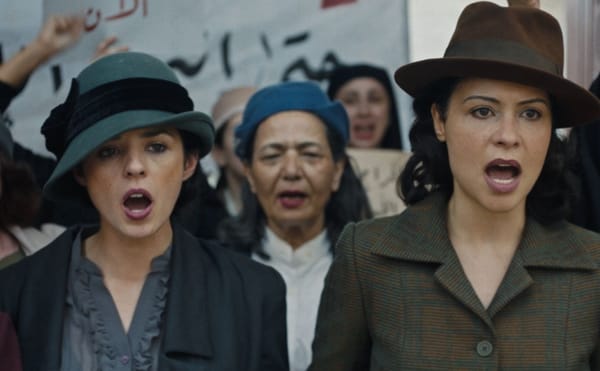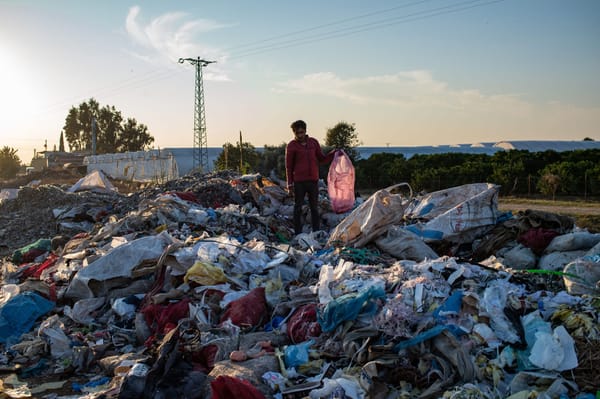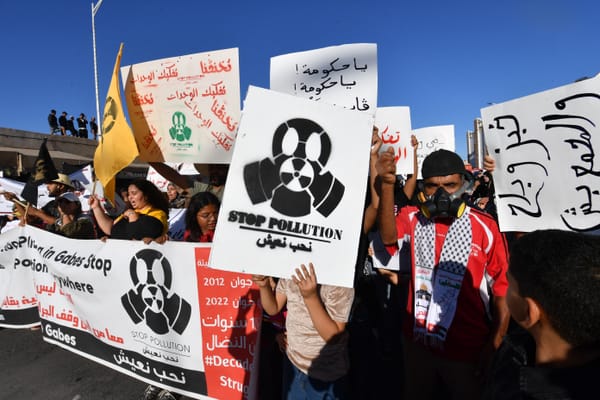Syria's Muslim Brethren
Who are the Muslim Brethren in Syria? What is their significance socially? How are they related to Syria's social structure? What is the social meaning of their ideas and values? Are these ideas and values responses to distinguishable conditions and interests of one or more identifiable social group









